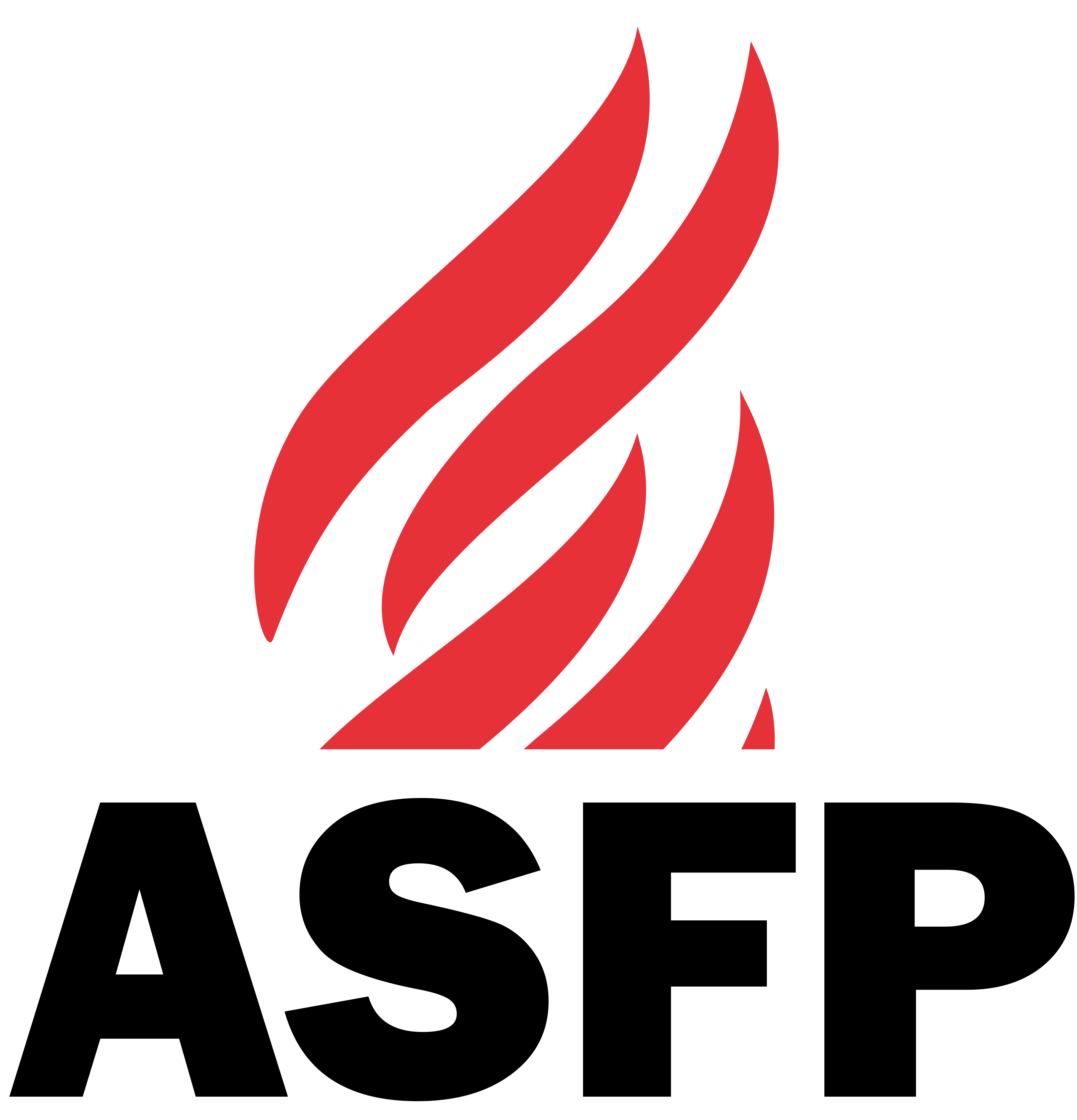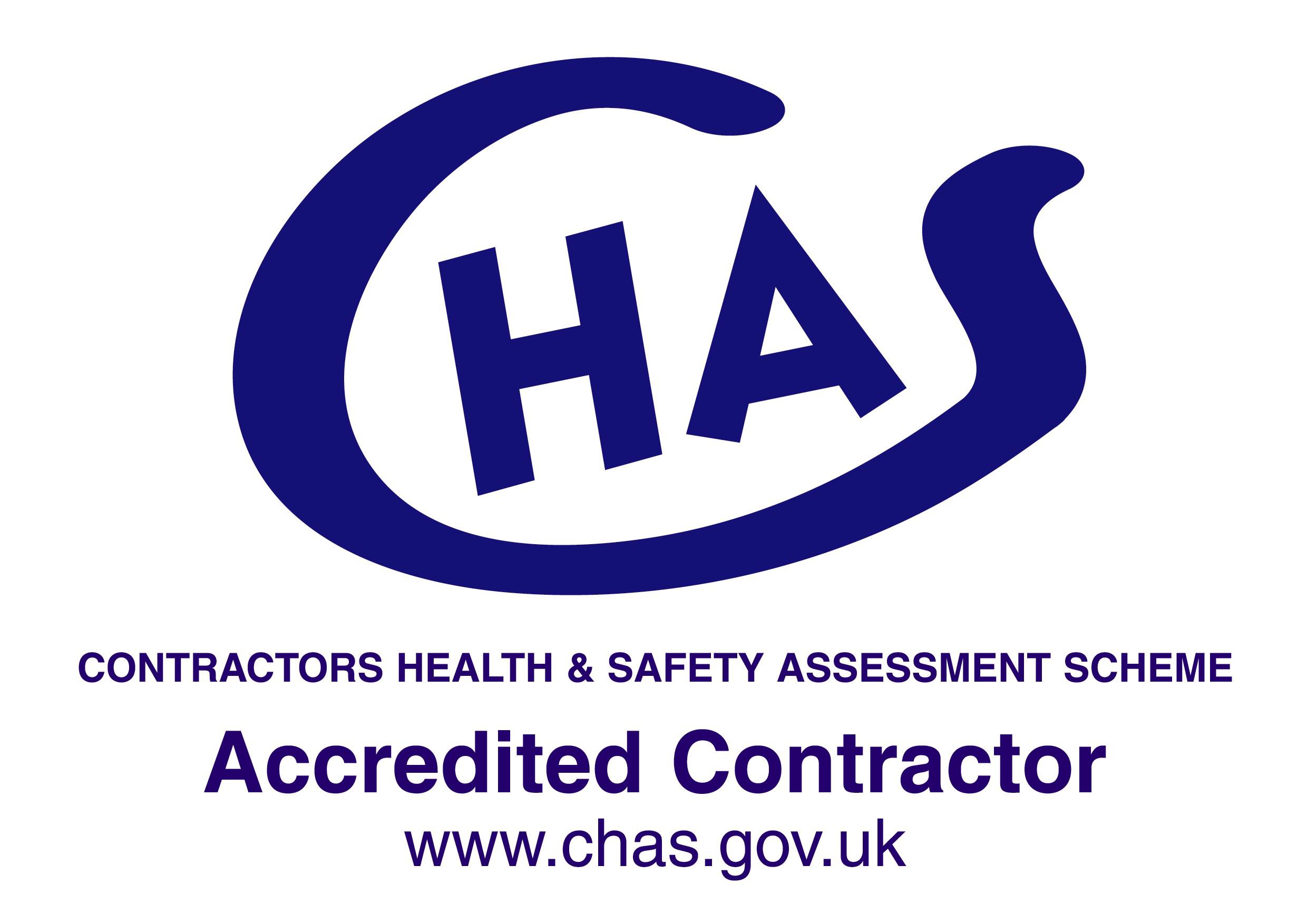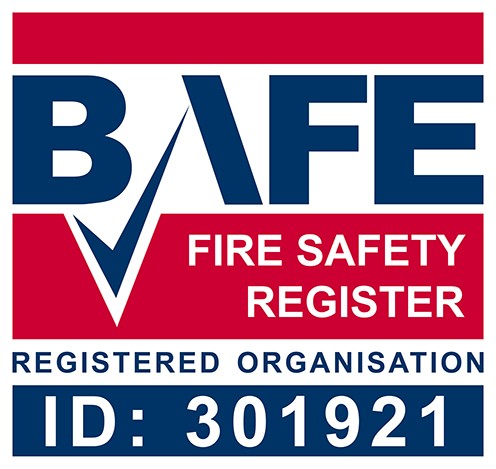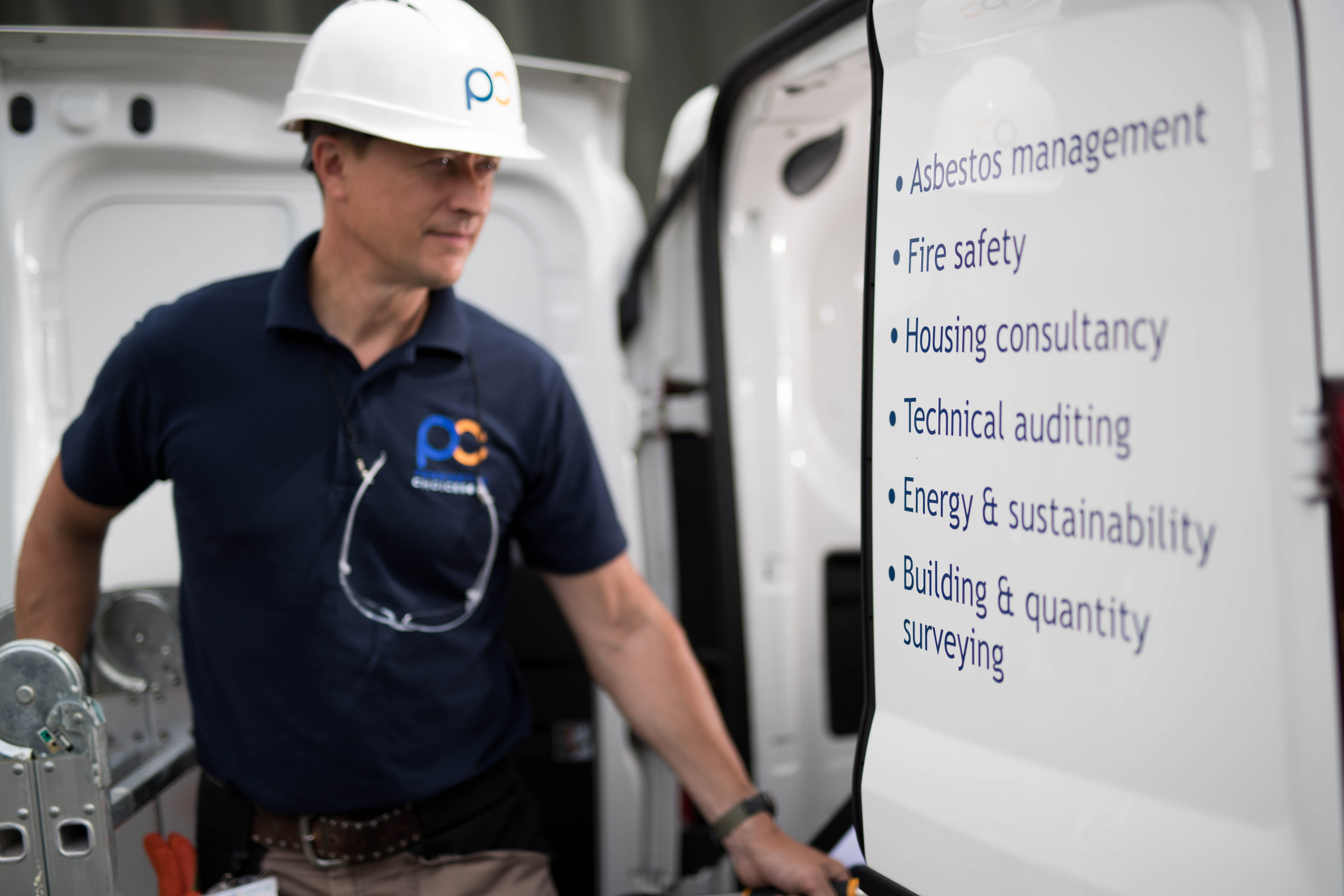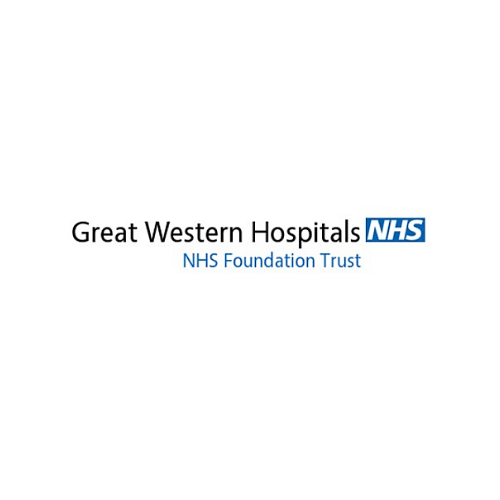









 Feeling overwhelmed by the complex world of fire safety compliance?
Feeling overwhelmed by the complex world of fire safety compliance?
With extensive backgrounds in the Fire and Rescue Service and decades of experience in building safety compliance, our team of trusted experts have held both executive and operational roles on the ‘client side’, meaning we relate to your pressures and challenges on a personal level.
To appoint us directly via the frameworks we’re a part of, click here.
Explore our Fire Safety Services
Fire Risk Assessments (FRAs)
Our Fire Risk Assessments (FRAs) provide an assessment of the risk to life from fire and, where appropriate, actions and recommendations are captured to assist you in mitigating or removing risks to ensure people are as safe as possible.
Find out more
Compartmentation Surveys
Our compartmentation survey assesses and captures the defects found in fire rated compartments of buildings, which are normally related to floors, walls, ceilings, doors, windows and services passing from one compartment to another.
Find out more
FRAEW and EWS1 Forms
Based on the defined PAS9980 methodology, a Fire Risk Appraisal of External Walls (FRAEW) is undertaken by our competent experts to investigate and report the risks posed to occupants in a building from a fire spreading over or within the external wall system present on the building.
Find out more
Compartmentation Sample Surveys
An additional step you can take to ensure the safety of your tenants and prevent damage to the structure of your building is to undertake a Compartmentation Sample Survey. Our Sample Surveys are a simple way of gaining assurance that your compartmentation survey has been completed in a robust and comprehensive way and that it is representative of all of your building's risks, without the need for a full survey.
Find out more
Additional Fire Safety services we offer...
• Schedule of Defects
• Building Heights Surveys
• Floor Plans and Building Plans
• Technical Audits
• Fire Strategies (New and Retrospective)
• Fire Management Plans
• Fire doors Inspections
• Chartered Fire Engineering Services
• Authorised engineer (NHS)
• Fire Advice Services
• Project Management, Quantity Surveying &
Procurement
 On-Demand Webinar
On-Demand Webinar
Fire Safety: Legislation Updates, Competent Persons, and EEIS+
Understand the recent fire safety legislation changes from the Emergency Evacuation Information Plus (EEIS+) consultation and revised version of the BS 9991 to the importance of selecting a competent person to carry out Fire Risk Assessments (FRAs) and the recent consultation on BS 8674. Discover everything you need to know to stay fire safe and compliant in 2025.
Compete the form to watch now
Ready to take your fire safety compliance to the next level?
Get in touch to speak to an expert.
Our Fire Safety Guidance
%20-%20cover%20image.webp)
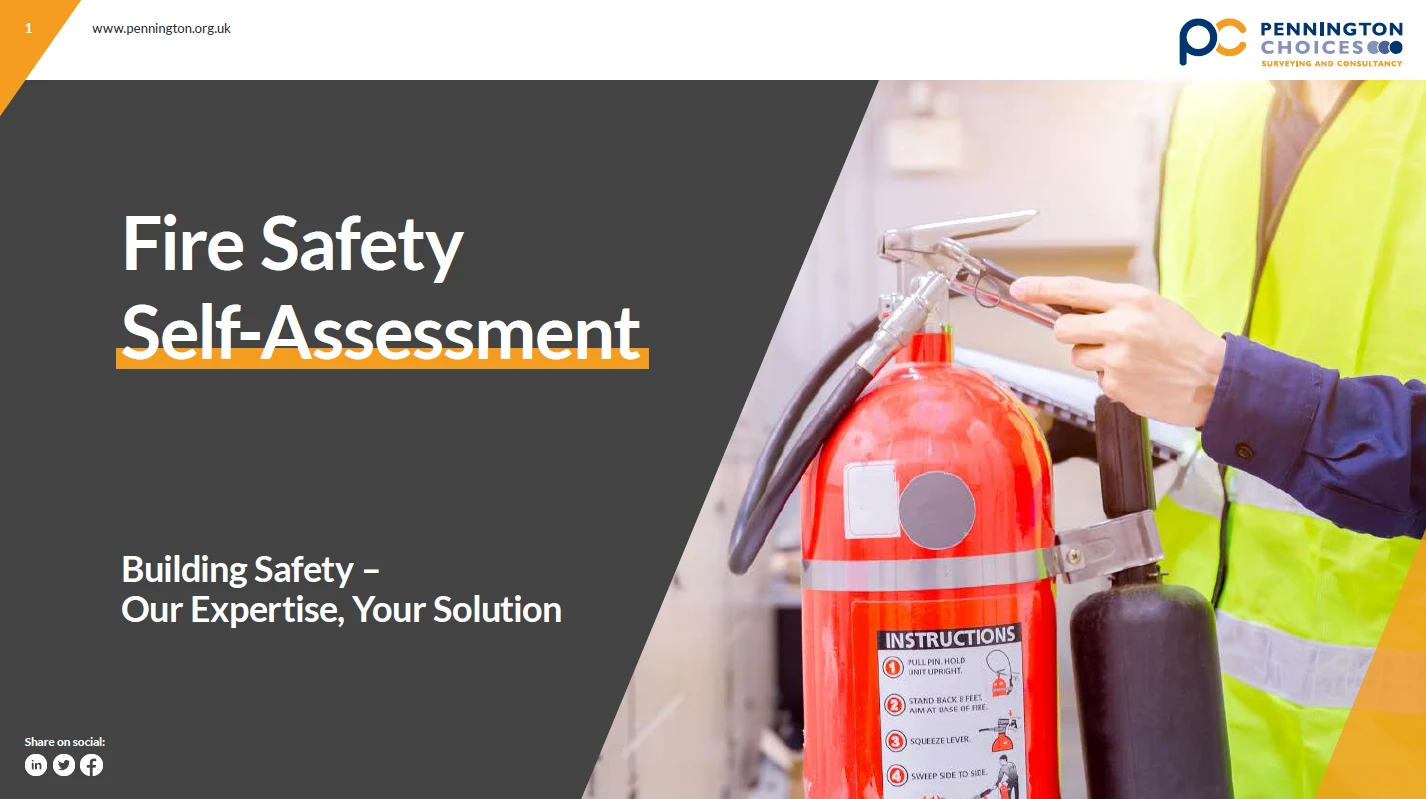
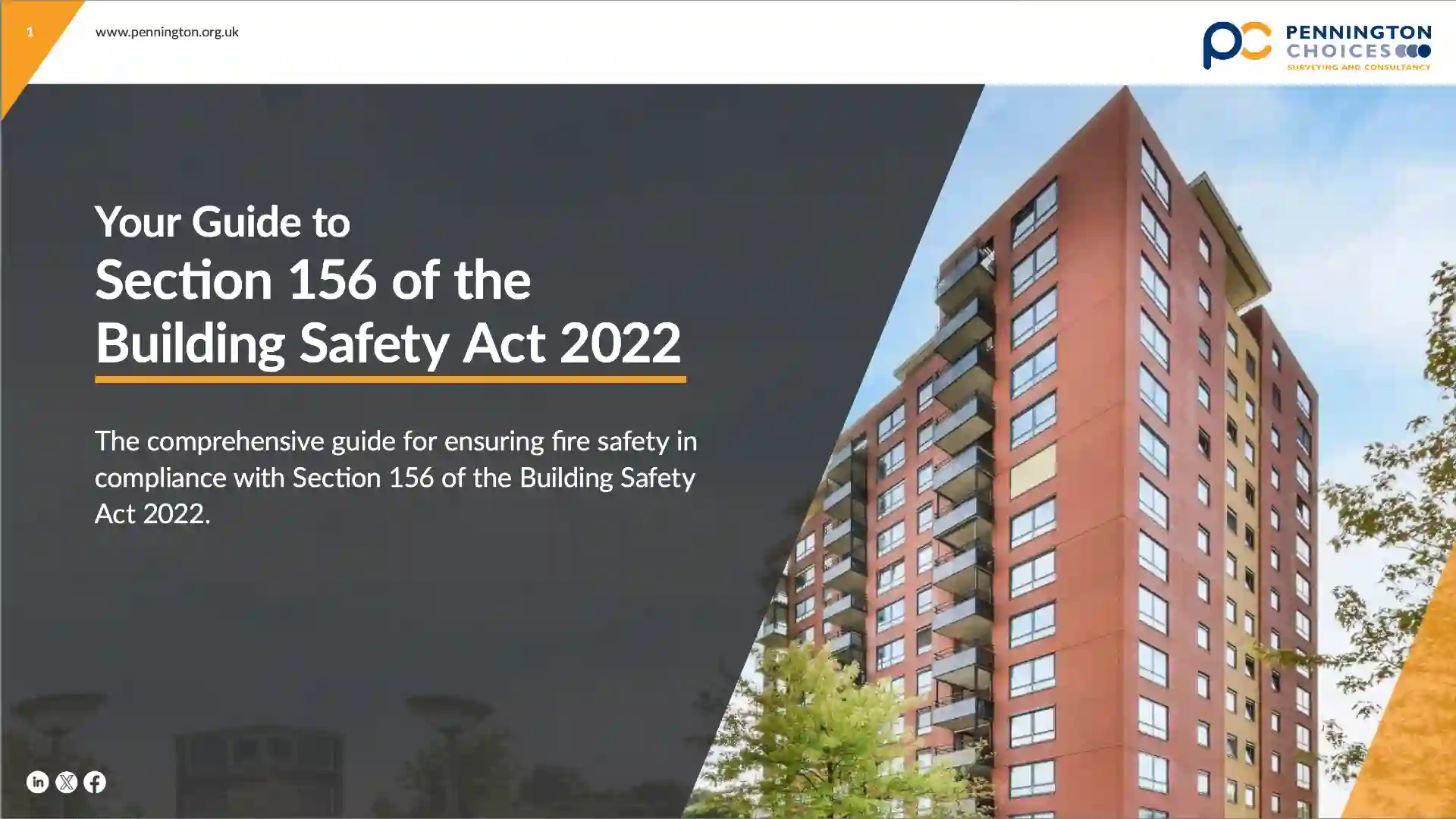

Building Safety and Compliance Framework
Lot 5 - Fire Compartmentation, Fire Strategies and FireEngineering
Lot 6 - Fire Risk Assessments

Strategic Asset Management Framework
Ranked 1st - Fire Risk Assessments

Specialist Estates Engineering and Maintenance Services
Lot 6 - Fire Risk Assessments
Talk to us about procuring work through our frameworks.
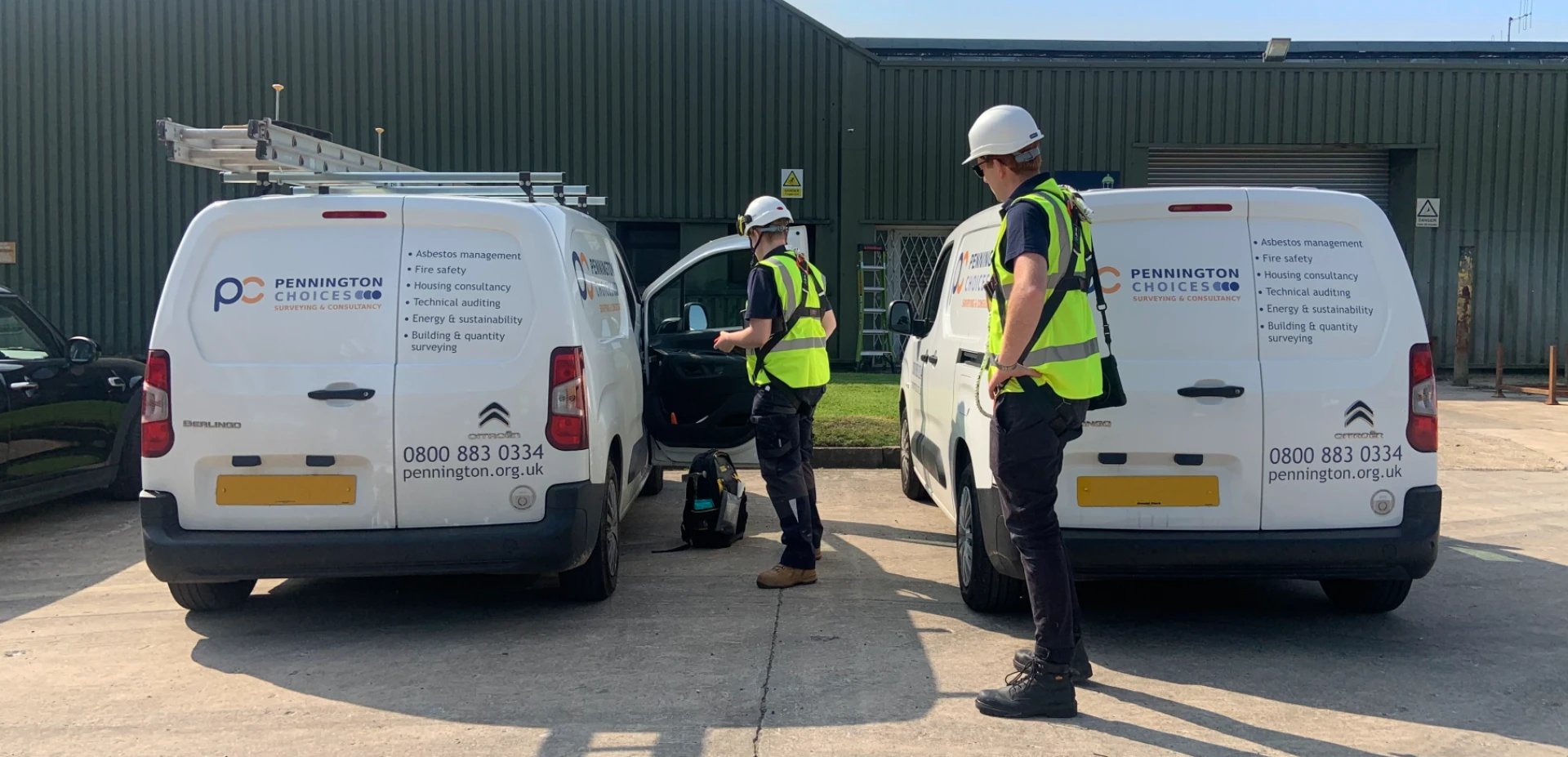
Why Choose Pennington Choices?
- Qualified and accredited team of experienced fire professionals
- Full-service approach that makes things easy
- Service excellence from a values-driven organisation
- Bespoke solutions to your problems, tailored to your needs
Client Success Stories
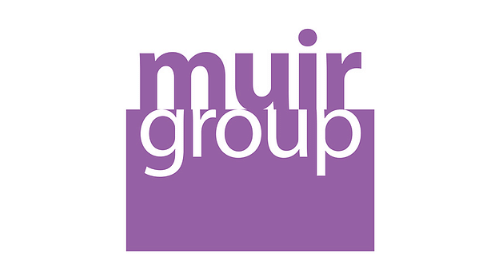
Muir Group Housing Association - Fire Risk Assessments
Muir Group Housing Association required 300 type one Fire Risk Assessments to be conducted across their domestic housing stock.
Read now
Medway NHS Foundation Trust - Compartmentation Survey
Discover how we completed a full compartmentation survey for Medway NHS Foundation Trust across Medway Maritime Hospital’s Green Zone.
Read More
NHS Property Services - Compartmentation
NHS Property Services Ltd appointed Pennnington Choices to carry out Compartmentation Surveys in order to ascertain the level of risk to enable repairs...
Read now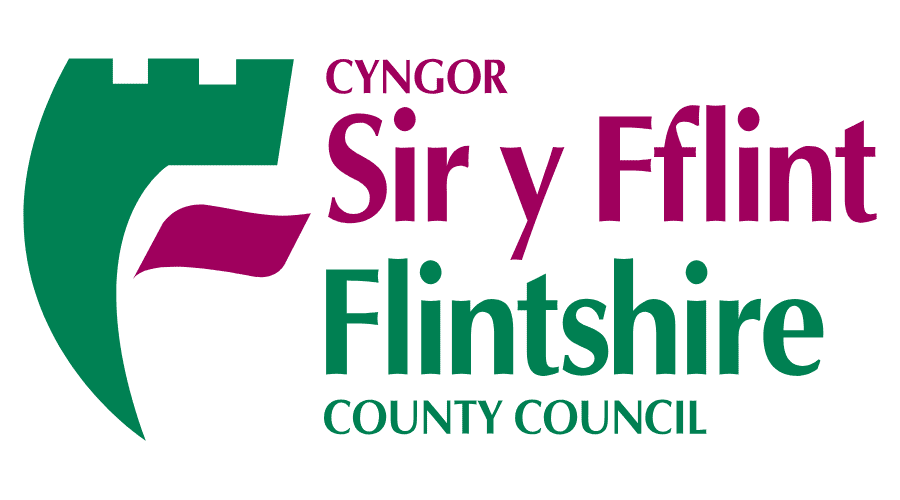
Fire Safety and Refurbishment Project: Transforming Flintshire Council's Buildings
Pennington Choices supports Flintshire County Council with a fire safety and refurbishment project for three high-rise buildings in Flint, North Wales.
Read MorePennington Choices Fire Safety team were proactive and responsive in arranging and undertaking the survey. They minimised interference with existing tenants and the final survey/report was invaluable in reaching a professionally informed decision regarding acquiring the lease on the proposed building.
Pennington Choices were selected because they are third party accredited under the BAFE SP205 scheme. They provide an excellent, well managed and flexible service along with creating good quality reports with competitive pricing. I would definitely use them again.
Our experience with Pennington Choices has been positive. They are easy to work with and are happy to be challenged to ensure any issues are resolved accurately and managed effectively. Despite changes in personnel, all new staff have gone above and beyond to build a solid relationship with us. They are professional and helpful, taking time outside of contract meetings to build excellent working relationships with our team.
We regard Pennington Choices as our go-to experts and will continue to work with them for future projects.
Fire Safety Accreditations and Memberships
